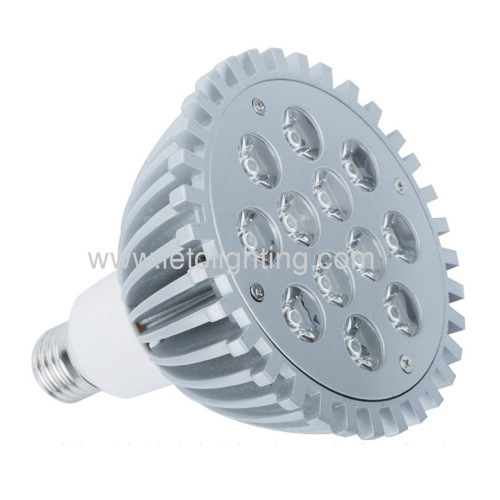Product (233)
- LED Flood Light (1)
- Corn Lamp (12)
- LED Panel Light (10)
- LED Tube light (13)
- LED Cabinet Light (14)
- LED Downlight (6)
- LED Working Light (18)
- LED Night Light (29)
- LED Wall Light (6)
- LED Bulb Light (6)
- SMD LED Bulbs (15)
- Ceramic led (4)
- LED Spotlight (22)
- LED PAR Lamp (12)
- LED Sensor Light (9)
- Lamp Cup (20)
- Solar Sensor Light (3)
- New Products (8)
- G4 LED Light (9)
- Dimmable LED Light (14)
- COB LED Light (2)
Special Groups (12)
Blog (6)
Certificates (2)
Applications (5)
LED Knowledge (4)
Credit Report
Products Index
Company Info
Leto Lighting Tech Co., Ltd. [China (Mainland)]
Business Type:Manufacturer, Trading Company
City: Ningbo
Province/State: Zhejiang
Country/Region: China (Mainland)
Blog
Application of LED lamp

LED lamps are used for both general and special-purpose lighting. Where colored light is needed, LEDs naturally emitting many colors are available, with no need for filters. This improves the energy efficiency over a white light source that generates all colors of light then discards some of the visible energy in a filter.
Compared to fluorescent bulbs, introduced at the 1939 World's Fair, advantages claimed for LED light bulbs are that they contain no mercury (unlike a Compact fluorescent lamp or CFL), that they turn on instantly, and that lifetime is unaffected by cycling on and off, so that they are well suited for light fixtures where bulbs are often turned on and off. LED Lamp Cup are also mechanically robust; most other artificial light sources are fragile.
White-light light-emitting diode lamps have longer life expectancy and higher efficiency (the same light for less electricity) than most other lighting. LED sources are compact, which gives flexibility in designing lighting fixtures and good control over the distribution of light with small reflectors or lenses. Because of the small size of LEDs, control of the spatial distribution of illumination is extremely flexible, and the light output and spatial distribution of a LED array can be controlled with no efficiency loss.
LED lamps have no glass tubes to break, and their internal parts are rigidly supported, making them resistant to vibration and impact. With proper driver electronics design, an LED lamp can be made dimmable over a wide range; there is no minimum current needed to sustain lamp operation.
LEDs using the color-mixing principle can emit a wide range of colors by changing the proportions of light generated in each primary color. This allows full color mixing in lamps with LEDs of different colors. In contrast to other lighting technologies, LED emission tends to be directional (or at least lambertian). This can be either an advantage or a disadvantage, depending on requirements. For applications where non-directional light is required, either a diffuser is used, or multiple individual LED emitters are used to emit in different directions.
Pre Page:
LED light bulbs
Next Page:
Technology overview of LED lamp



